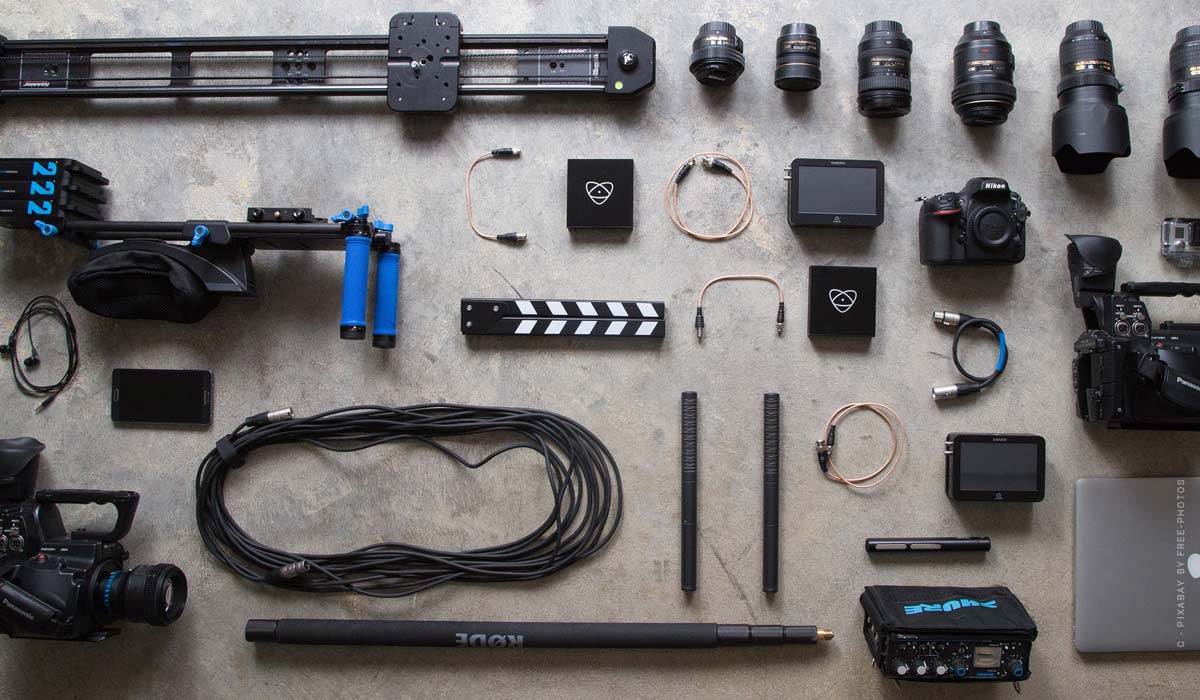Travel: Taking pictures and backing up your data while travelling
Hobby photographers and travel used to mean a lot of film rolls to develop and today an overflowing memory card, because hardly anything inspires a photographer more than a new environment. Discovering it through a lens is something unique and should really be captured in pictures. However, not every photo taken is a work of art for eternity and a mass of pictures does not mean that the quality is correspondingly high.
Sort out photos
Those who have taken photos all day long are usually still so overwhelmed by what they have experienced that they lack a clear view of their own work. Therefore, the evaluation of the daily result should only be started when the right concentration is available. This may be the only way for a photographer to discover a hidden treasure that would have been overlooked in the rush. However, when it comes to the evaluation, the scale should be set one number higher if the photographer wants to develop further. Sure, if you want to keep a so-la-la photo, you should do it. However, an ambitious photographer is not satisfied with it, but strives for perfection and those who get used to keeping only the really good photos will get a smaller photo collection, but of promising quality.
After selecting the good photos that are worth saving, the photographer should bypass saving them. For amateur photographers, it is worth taking a laptop with them so that they can conveniently evaluate, save and possibly already edit the photos. There are several other ways to store a large photo collection, but even here there are pitfalls and small errors or accidents can quickly lead to a complete loss of all data. Photo files for professionals that are stored in RAW format, for example, can be between 20-30 MB in size and therefore require a huge amount of storage space. Demand will multiply rather than stagnate in the future.
Data backup in the cloud
If you store your images on your laptop, you should store them in the cloud again as a precaution. And, even if this is perhaps an expensive method, since each storage space costs money, the triple backup of the photos is even more secure than stored twice. There are several providers that provide a photographer with storage space in the cloud, which usually costs you a few euros a month. Some of these providers have Photoshop as an image processing program including storage space as an offer, which proves to be practical for some.
One advantage of storing photos in the cloud is that you can access them anytime, anywhere. The disadvantage is the lack of security from hackers, but that’s up to you. For data backup instead of a memory card, an external hard disk is also a good choice, as it has proven to be quite robust and offers a huge amount of storage space. In addition to the large storage space, it is also important to radically separate from the unusable motifs after evaluating the photo series. It’s best to keep only the photos you want to see in ten years’ time.
Especially when travelling, a photographer has only limited resources available and these should either be used optimally or the problem of large storage space should be solved before starting the journey. The vacationer can store all data simply on his laptop, but with theft or other loss, the whole trouble was free. If you think you can save your holiday photos on a simple memory card, you will be surprised how quickly such a small thing can get lost or become unusable due to slight damage. In principle, it is recommended to save the data records of the photos not only once, but twice.
The Cloud simply explained
You didn’t understand what the Cloud was all about? This video explains what it’s all about and how it works in less than 20 minutes. Nowadays, almost everyone only takes photos with their mobile phone. But hardly anyone has the storage space needed for this. The cloud is just an advantage for you to keep an eye on everything and save money.









